Coloring Outside the Lines: The Joy of Kids’ Makeup Play
In the world of childhood, imagination knows no bounds. From transforming into superheroes to hosting elaborate tea parties, kids have an innate ability to turn the ordinary into something extraordinary. One of the more recent avenues of creative expression that has emerged is kids’ makeup play. Gone are the days when makeup was solely an adult domain; today, children are embracing cosmetics as a form of artistic expression, sparking joy, creativity, and even discussions about identity and self-esteem. In this article, we will explore the phenomenon of kids’ makeup play, its benefits, the value of creative expression, and how society can support this burgeoning trend in a positive way.
The Evolution of Makeup Play
Historically, makeup has been associated with femininity and adult identity. In many cultures, cosmetics were an essential part of beauty regimens, often gravitating towards adult women. However, over the last couple of decades, the perception of makeup has begun to shift dramatically. With the rise of social media and the beauty influencer phenomenon, makeup is increasingly seen as a form of art rather than just a tool for beauty enhancement.
Children have been observing and participating in this artistic expression, enabling them to redefine what it means to use makeup. Beauty brands have recognized this shift as well, resulting in a surge of kid-friendly makeup products designed specifically for younger users. These products are often non-toxic, washable, and designed to encourage creativity rather than dictate beauty standards.
Benefits of Makeup Play
1. Enhanced Creativity
Kids’ makeup play offers an exciting canvas for self-expression. When children engage in makeup application, they can blend colors, experiment with different styles, and even create fantasy characters. This imaginative exploration fosters creativity and allows them to step outside societal norms by portraying different identities, characters, or emotions.
2. Boosting Self-Confidence
Experimenting with makeup can empower children, enhancing their self-esteem and confidence. As they learn to apply makeup, they gain a sense of accomplishment, developing fine motor skills and learning the art of patience and precision. Going beyond appearance, makeup can also serve as a creative tool for storytelling and role-playing, platforms through which children can express who they truly are or aspire to be.
3. Socialization and Communication Skills
Makeup play is often a group activity. Children frequently gather to experiment with colors and techniques, encouraging collaborative play and social interaction. Through this shared activity, they develop skills such as teamwork, negotiation, and communication. Group makeup sessions can also lead to discussions about beauty standards, personal preferences, and even cultural practices surrounding makeup and aesthetics.
4. Understanding of Identity and Self-Expression
As children explore makeup through play, they often begin to better understand themselves and their identities. Whether it’s adopting a character or experimenting with different aesthetics, children use makeup as a form of expression. This exploration allows for discussions around identity, gender norms, and individual preferences, providing valuable learning opportunities for parents and guardians.
The Role of Parents and Guardians
Encouragement and Guidance
While allowing children to explore creative makeup play, it’s crucial for parents to provide guidance rather than restrictions. This can involve selecting appropriate products, explaining the differences between makeup and face paint, and discussing the importance of respecting personal aesthetics.
Setting Boundaries
Parents should establish some limits to ensure safety and appropriateness. For example, makeup play is best suited for designated playtime rather than public outings. Setting boundaries can teach children about context while still allowing them the freedom to express themselves.
Engaging Conversations
Makeup play can serve as a gateway to deeper conversations about beauty standards, self-acceptance, and societal norms. Parents can discuss why certain styles are popular, the impact of media portrayals of beauty, and how their own perceptions may differ from those portrayed in advertisements or social media.
The Impact of the Beauty Industry
Shift in Marketing Strategies
The beauty industry has recognized the demand for kids’ makeup and adapted its marketing strategies to include products designed for children. Many brands now offer makeup sets specifically tailored for young users, often packaging their products with vibrant colors and fun designs. The ease of use regarding these products can also help to minimize the overwhelming experience that traditional adult makeup may pose.
Focus on Safety
One of the primary concerns surrounding children’s makeup is safety. However, many brands are prioritizing the use of non-toxic, hypoallergenic ingredients that cater specifically to young skin. This safety focus encourages parents to feel comfortable allowing their children to engage in makeup play.
Social Media Influence
The rise of beauty influencers on platforms like Instagram and TikTok has shaped how children perceive makeup. Kids are increasingly influenced by the playful, colorful makeup looks showcased online. This trend can be a double-edged sword; while it inspires creativity, it can also lead to unhealthy comparisons. It’s essential for parents to help navigate these influences and remind children of the joy of creativity rather than simply following trends.
The Psychological Perspective
Developmental Considerations
Children’s imaginative play is a crucial part of their developmental process. Engaging in activities like makeup play can facilitate emotional growth by encouraging kids to explore their feelings and expressions. This imaginative exploration can help in processing emotions, building empathy, and enhancing emotional intelligence.
Gender Norms and Expectations
Makeup play also provides a platform to discuss gender norms and expectations. Children of all genders can participate in makeup play, allowing for a re-examination of what is considered acceptable behavior. It opens the door for children to express themselves authentically, regardless of societal labels.
The Importance of Representation
Diversity in makeup products and kits is crucial. When children see themselves represented in the products they use, it reinforces a sense of belonging and self-acceptance. Brands that prioritize inclusivity are essential in promoting positive self-image and helping children from all backgrounds feel valued.
Creativity Beyond the Brush: Art and Makeup
One of the most exciting aspects of makeup play is how it merges with other forms of artistic expression. Children can experiment with makeup in various ways, using it as a medium for their artistic pursuits.
Face Painting and Theatrical Makeup
Creative arts such as face painting or theatrical makeup can introduce children to an even broader spectrum of artistry. These forms of expression not only allow children to conjure imaginative characters but also enable them to engage in storytelling through their visual presentation.
DIY Makeup Exploration
Creating homemade makeup products can be an educational and enjoyable venture. Children can experiment with natural ingredients, learning about the science of cosmetics along the way while developing foundational skills in measuring and mixing. This DIY approach enhances creativity and encourages learning beyond the traditional boundaries of makeup play.
Embracing Change: Society’s Role in Kids’ Makeup Play
As children’s makeup play continues to grow, it is up to society to adopt an inclusive and affirming perspective.
Parental Support
Supporting children’s exploration of makeup can lead to a more open-minded society. Parents should feel empowered to participate in conversations about beauty, identity, and self-expression that can foster understanding and acceptance.
Educational Programming
Schools and community centers can develop programs that integrate creative expression through makeup art. Workshops that focus on techniques, history, or artistic methods provide children valuable experiences that are fun, educational, and empowering.
Influencer Responsibility
For those in the beauty industry, especially influencers, there exists an opportunity to set a positive tone. Advocating for creativity, self-love, and authenticity can encourage children to embrace their unique expressions instead of simply mirroring trends.
Conclusion: The Future of Kids’ Makeup Play
The landscape of kids’ makeup play is rich with promise, creativity, and joy. Just as children color outside the lines in their drawings, they can apply the same imaginative spirit to the world of makeup. It stands as a powerful medium through which children can express themselves, enhancing their creativity, confidence, and social skills.
As this trend continues to evolve, it becomes increasingly important for families, educators, and society to support children’s endeavors. There is much potential in empowering children by embracing their unique expressions, challenging societal norms, and encouraging dialogue around identity. After all, when it comes to creativity, there’s no right or wrong way—just the pure joy of playing, experimenting, and, ultimately, discovering who they are.
This article aims to stimulate thought and inspire dialogue on the topic of kids’ makeup play, bridging the gap between traditional perceptions of makeup and modern expressions of creativity. Through understanding and support, we can transform this playful exploration into a vehicle for empowerment and self-discovery for generations to come.















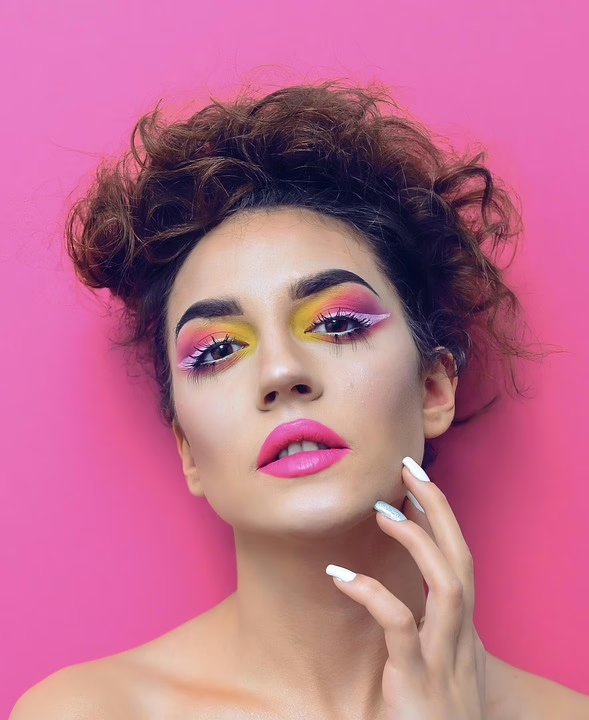
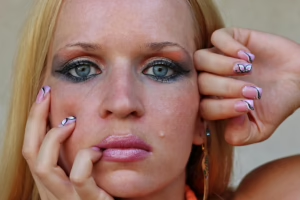
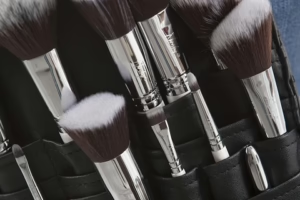
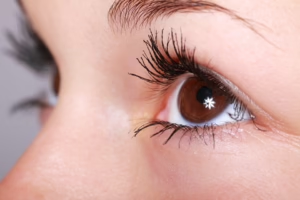

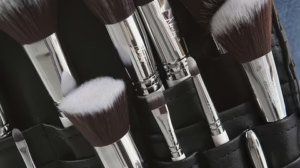
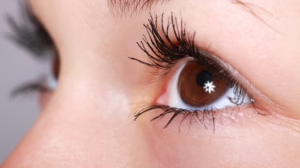




Add Comment